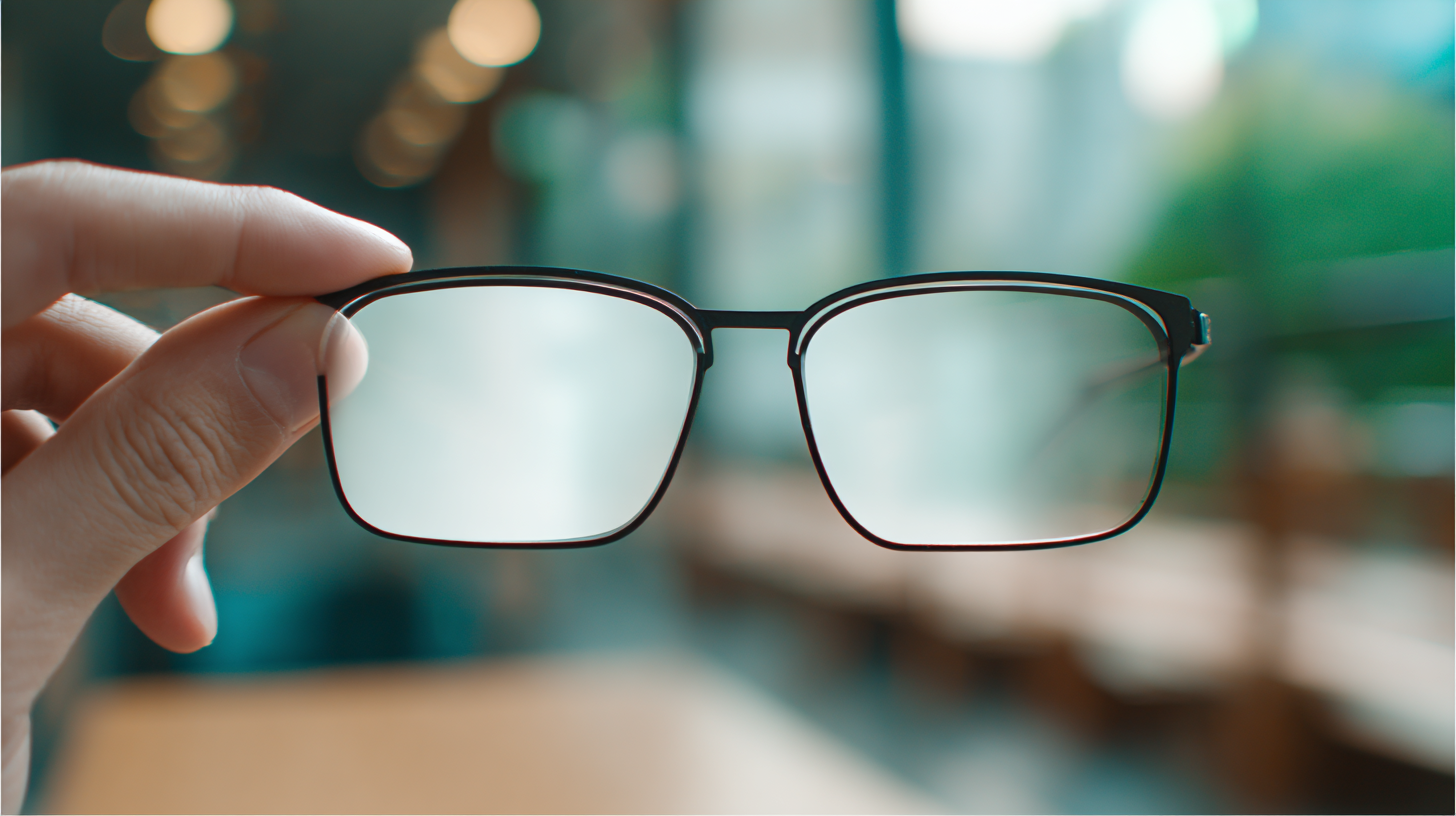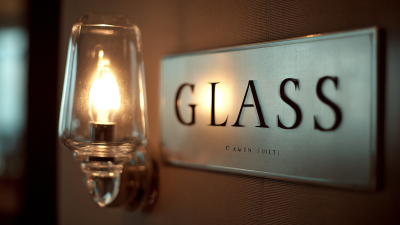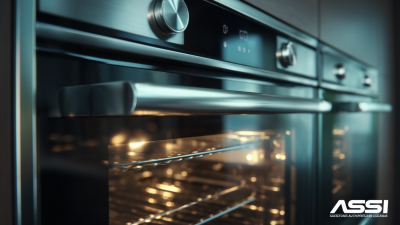
Choosing the right cover glass for your monitor is a critical decision that can significantly influence both the performance and longevity of your display. According to industry research conducted by Market Watch, the global market for cover glass is projected to reach approximately $12 billion by 2025, reflecting a growing demand for high-quality protective solutions in various display ecosystems. As monitors continue to evolve in terms of functionality and design, the specifications of cover glass, such as thickness, durability, and coatings, have become essential considerations for manufacturers and consumers alike. Whether it's for gaming, professional, or everyday use, understanding the various attributes and materials of cover glass for monitor applications can help ensure optimal visual clarity and protection against environmental factors. This comprehensive guide will navigate through the intricacies of selecting the most suitable cover glass for your monitor, enabling informed choices that align with your specific needs.

When selecting cover glass for monitors, understanding the various types available and their specific applications is crucial. There are three main types:
tempered glass,
anti-glare glass, and
laminated glass.
Tempered glass is ideal for high-traffic environments due to its durability and resistance to impact. A study by the Glass Association indicates that tempered glass can withstand up to five times more stress than standard glass.
 Anti-glare glass, on the other hand, reduces reflections for clearer visibility, making it a preferred choice for monitors used in brightly lit areas, as supported by a report from the Display Research Institute which highlights a 30% increase in visibility under direct sunlight with the use of anti-glare coatings.
Anti-glare glass, on the other hand, reduces reflections for clearer visibility, making it a preferred choice for monitors used in brightly lit areas, as supported by a report from the Display Research Institute which highlights a 30% increase in visibility under direct sunlight with the use of anti-glare coatings.
When choosing the right cover glass for your monitor, consider these tips: Firstly, assess your environment—if the monitor is frequently exposed to physical threats, opt for tempered glass. Secondly, factor in lighting conditions; environments with significant glare benefit greatly from anti-glare options. Lastly, for enhanced safety in public or industrial spaces, laminated glass provides an additional layer of protection against shattering while also offering UV filtering benefits.
By understanding the characteristics of each type of cover glass, you can make an informed decision that meets both the functional and aesthetic needs of your specific application.
When selecting cover glass for monitors, several key factors should be considered to ensure optimal performance and durability. One primary aspect is the thickness of the glass, which can significantly affect the display's resilience. Reports indicate that cover glass typically ranges from 2mm to 6mm in thickness, with thicker options providing enhanced protection against impacts and scratches. For example, a study by the Glass Association of North America suggests that using 3mm to 4mm cover glass improves optical clarity while still maintaining structural integrity.

Another crucial factor is the glass's optical properties, including light transmission and anti-glare features. According to a 2022 industry survey by Display Technology Insights, monitors equipped with anti-reflective cover glass can reduce glare by up to 70%, which is vital for environments with bright ambient lighting. Additionally, the choice of coating can influence the usability of the monitor; hydrophobic and oleophobic coatings can prevent smudges and ease cleaning, which is essential for touchscreen functionality. Selecting the appropriate cover glass involves balancing these elements to meet specific usage requirements while enhancing the overall user experience.
When selecting the right cover glass for your monitor, it's crucial to evaluate its optical properties to enhance display quality. According to a report by Smithers Pira, the global glass display market is expected to reach $30 billion by 2025, underscoring the need for high-quality cover glass that maximizes light transmission and minimizes glare. For instance, the ideal transmittance for cover glass should be around 90% or higher to ensure vibrant colors and sharp images. Lower transmittance can lead to washed-out visuals, negatively impacting user experience.
In addition to transmittance, the refractive index of the cover glass plays a significant role in display clarity. Standard cover glass typically has a refractive index of around 1.5, which balances light dispersion and color accuracy. However, specialized coatings can further enhance performance by reducing reflections and increasing durability. Recent advancements in anti-reflective coatings have shown up to a 50% reduction in surface glare, making displays easier to view in brightly lit environments. Selecting cover glass with optimized optical properties can significantly elevate the overall performance of monitors, making it an essential consideration for consumers and manufacturers alike.
| Optical Property | Description | Ideal Value | Impact on Display Quality |
|---|---|---|---|
| Transmittance | The percentage of light that passes through the cover glass. | > 90% | Higher transmittance leads to brighter display. |
| Reflectance | The amount of light reflected off the surface of the glass. | < 5% | Lower reflectance reduces glare and improves visibility. |
| Haze | The degree of cloudiness of the glass that can scatter light. | < 1% | Minimal haze ensures clear image quality. |
| Color Accuracy | The ability of the glass to reproduce colors accurately. | Delta E < 1 | Critical for applications requiring precise color representation. |
| Durability | Resistance to scratches and impacts. | High hardness rating (e.g., Mohs 7 or higher) | Increases lifespan and reliability of the display. |
When selecting the right cover glass for your monitor, assessing durability and protection features is paramount. High-quality cover glass can significantly enhance the longevity of your device. According to a report by the International Glass Association, monitors equipped with tempered glass can resist impacts up to 5 times more than regular glass, making them a superior choice for environments with higher risks. This durability not only minimizes the chance of damage from accidental drops but also protects against scratches and exposure to harsh conditions.
Tips: When evaluating cover glass options, consider looking for features such as anti-glare coatings and scratch resistance, which can further extend the life of your monitor. A study by the National Safety Council indicates that using protective glass can reduce screen damage by 70%, highlighting the value of investing in robust protection.
Additionally, ensuring that the glass has proper light transmittance is vital. Cover glass with a light transmittance rate of over 90% ensures that color accuracy remains unaffected while providing maximum visibility and clarity. Always check for certifications from recognized organizations to ascertain the quality and safety standards of the glass before making a purchase.
When selecting the right cover glass for your monitor, a thorough cost analysis is essential to ensure that you remain within budget while still obtaining a high-quality product. A recent industry report by MarketsandMarkets indicated that the global market for optical glass is projected to reach $7.6 billion by 2025, driven largely by the increasing demand for high-resolution displays across various sectors, including consumer electronics and automotive displays. Understanding the financial implications of different cover glass options can help you make an informed decision.
Different types of cover glass, such as tempered or anti-reflective coatings, come with varying price points. According to a 2022 study from Grand View Research, tempered glass generally costs 20-30% more than regular glass but offers greater durability and resistance to scratches and impacts. While this may stretch your budget, the long-term benefits, including reduced maintenance costs and better overall performance, can often justify the initial investment. Furthermore, choosing a supplier that offers volume discounts or bulk purchasing options can lead to significant savings, allowing you to achieve the best combination of quality and affordability.





